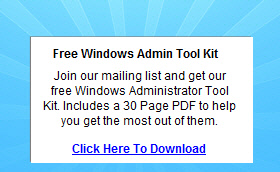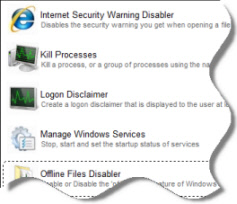This seems to be the same issue that I am having. I also talked with Jason about this in another thread. Did you by chance use VMware for the base image?
This is my scenario.
Initial build was a standalone 2008r2 server with hyper-v. I used a windows 7 hyper-v as the base machine will all applications installed (did not install sccm). I used MDT to capture the image from the hyper-V machine and deployed the image from the 2008
r2 server using WDS. Those machines were then rolled into the domain and then the sccm client was pushed to them. They are working just fine.
We then set up a small DHCP scope on the network and I moved the image files from the standalone machine to the main network on a 2012 server using MDT and WDS. I needed to make a change to the image and I used a VMware windows 7 VM to make the changes and
then captured the image just like the 2008 r2 server using sysprep. That VMware image was the same except for just adding a license key or something else minor. I deployed the image to a few machines and it looked like all was good and that SCCM was working
correctly, but it wasn't. The GUIDs were the same, deleting and recreating the .ini file seemed to gen a new guid but after a refresh the new .ini would revert back to a GUID that was in use. I also noticed that the SID when checking the properties in SCCM
showed -500 for all machines that had the duplicate guid issue which is the local admin account.
So If you used VMware to create the image that maybe the issue, but I am not sure why or where the issue is. Rebuilding the machines over again sucks, but its something that maybe the only fix. I have used VMware to create windows 7 images before and no
issue until this network.
Duplicate GUID Query#1
select SMS_R_System.ResourceID,SMS_R_System.ResourceType,SMS_R_System.Name,SMS_R_System.SMSUniqueIdentifier,SMS_R_System.ResourceDomainORWorkgroup,SMS_R_System.Client from SMS_R_System join SMS_GH_System_System on SMS_R_System.ResourceID = SMS_GH_System_System.ResourceID where SMS_R_System.Name <> SMS_GH_System_System.Name
Duplicate GUID Query#2
select SMS_R_System.ResourceID,SMS_R_System.ResourceType,SMS_R_System.Name,SMS_R_System.SMSUniqueIdentifier,SMS_R_System.ResourceDomainORWorkgroup,SMS_R_System.Client from SMS_R_System join SMS_G_System_System on SMS_R_System.ResourceID = SMS_G_System_System.ResourceID where SMS_R_System.Name <> SMS_G_System_System.Name
Duplicate GUID Query#3
select SMS_R_System.ResourceID,SMS_R_System.ResourceType,SMS_R_System.Name,SMS_R_System.SMSUniqueIdentifier,SMS_R_System.ResourceDomainORWorkgroup,SMS_R_System.Client from SMS_R_System where SMS_R_System.ResourceID in (select SMS_GH_System_System.ResourceID from SMS_G_System_System join SMS_GH_System_System on SMS_G_System_System.ResourceID = SMS_GH_System_System.ResourceID where SMS_G_System_System.Name <> SMS_GH_System_System.Name)
I added the above query into SCCM and found two machines that show when query 3 is ran. Do anyone know what the difference is between Q3 and Q1-Q2? I know that one machine that is shown from Q3 is a good working machine and the other is a machine that isnt
working correctly. The CMUID/GUID's are different.
-
Edited by
Wright54
Friday, July 10, 2015 3:03 PM


